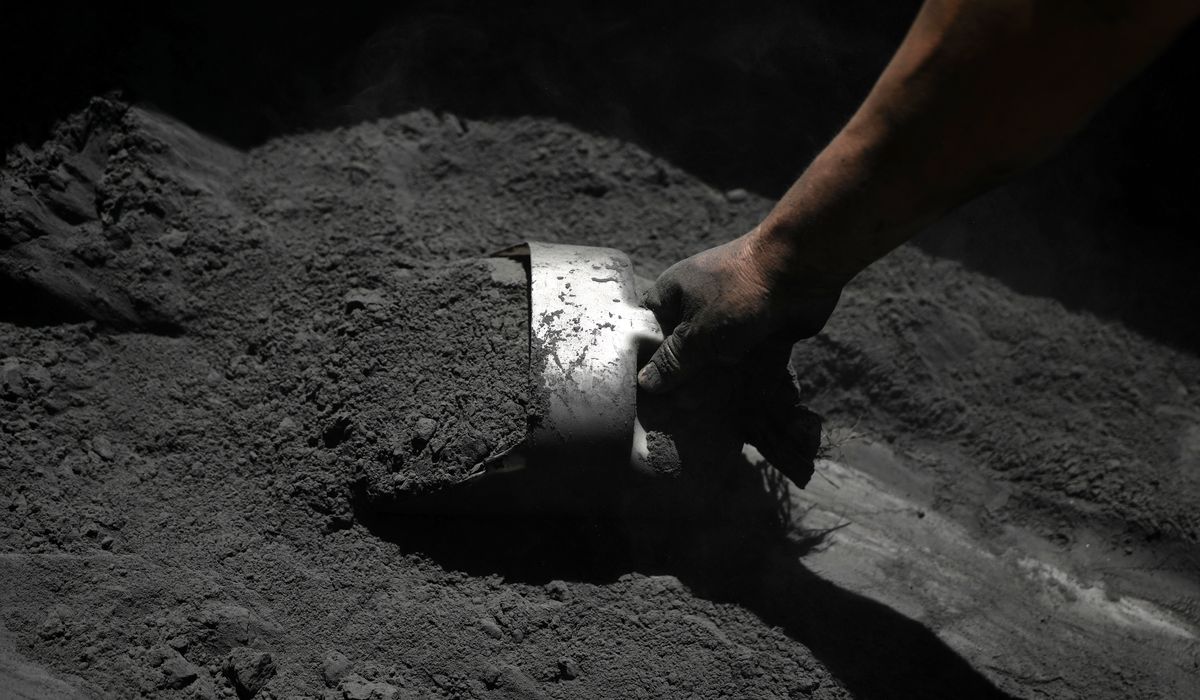


At one point in their war, Russia and Ukraine were firing up to 60,000 artillery shells a day, and even during this spring’s lull in U.S.-backed supplies to Ukraine, the daily average was still roughly 12,000 shells.
The result has been a global shortage of gunpowder that’s beginning to show up in prices paid by private consumers here in the U.S.
Alliant Powder, a company that has supplied smokeless powder to private consumers who reload their own ammunition, has suspended sales and canceled outstanding orders, according to AmmoLand.
And Sam Gabbert, owner of SGAmmo, a dealer in Oklahoma, said he’s seen prices for 9mm Luger tick up. He said that’s a leading indicator of broader price rises, though exactly what’s to come is difficult to say.
Mr. Gabbert sounded a warning online earlier this year after attending a Las Vegas convention where he said he was told of the looming gunpowder crunch.
“From the best of my understanding, it is both a tightening of supply of nitrocellulose and a shift in manufacturing more the nitro available into powder for military ordnance, rather than small caliber (sporting) type ammo,” Mr. Gabbert told The Washington Times in an email.
Some gun forum denizens said he was trying to gin up more business but others gave virtual nods of agreement, saying they’d begun to feel the pinch.
Lawrence Keane, senior vice president at the National Shooting Sports Foundation, a firearms industry group, said there are both supply and demand issues.
Global conflicts — and particularly the Ukraine-Russia war — have spiked demand for gunpowder. But the U.S. also has limited capacity to produce explosive nitrocellulose and gunpowder.
Some reports also say that China, a major global supplier of nitrocellulose, has grown stingy about sending it to the U.S.
The result is several “pinch points” that limit what the U.S. can produce.
“Gunpowder for ammunition is ubiquitous across calibers. So if you’re using a small caliber hunting rifle the same gunpowder is used for a shell that goes in a tank or a 155mm howitzer, that we’re seeing used in greater numbers in the Ukraine and Israel conflicts,” said Fred Ferguson, vice president for public affairs at Vista Outdoor, a heavyweight in the ammunition market.
“So when those theaters are using more gunpowder we’re seeing shortages happen in other parts of the ammunition supply chain including, for us, on the commercial and law enforcement side,” Mr. Ferguson said.
He said there’s still plenty of ammunition available to the commercial market, but the price for it is ticking up.
The global pinch has gone largely under the radar in the U.S. But it has been headline-making news in Europe, where French President Emmanuel Macron raised the issue in March at a gathering of Ukraine’s allies.
“Powder is really what’s lacking today,” he said, according to Agence France-Presse.
In the U.S., Sen. James Risch and Rep. Tom Emmer have written legislation that would prod the Biden administration to figure out the U.S. supply chain with an eye toward steps to shore it up.
Mr. Keane said he wants to see lawmakers keep up pressure even after the global demand settles.
“It’s a challenge currently because of the demand but when it returns to the status quo when the war in Ukraine resolves one way or another, and personally, I hope the Ukrainians prevail but that’s to be determined, will Congress’s interest in this continue and what’s the long term answer from a national security point of view?” he said.
He pointed to lessons from the pandemic when the crisis exposed supply chain issues on masks and medicines.
“We can’t be dependent on foreign sources, particularly for something that’s critical,” Mr. Keane said.
The issue is gaining some traction.
Retired Army Major General James Marks, in a piece for BreakingDefense.com, warned of China’s new dominance in nitrocellulose production and its ability to help Russia arm itself in the war with Ukraine.
“Control of nitrocellulose production could shape the geo-military landscape well into the future, and the US is now playing catch up. Action is needed, as quickly as legislation can be passed,” he said, endorsing the bill from Mr. Risch and Mr. Emmer as a start.
Mr. Ferguson was also encouraged by the two men’s legislative efforts.
“A stronger supply chain for nitrocellulose, it’s going to support the defense industry, of course, but that’s going to have downmarket benefits to companies like ours in the commercial sector,” he said.
Mr. Gabbert, the ammunition dealer, said consumers aren’t feeling too much of a squeeze right now because this is usually a slow time of year for purchases.
“My prediction is that it will take time or a substantial increase in demand to shift prices up substantially across the board at this point,” he said.
Mr. Keane said the government has some decisions to make about the industry and what risks it’s willing to run.
“We have high demand now because of the war but does that make economic sense when that surge in demand returns to more normal levels?” he said.
There are high barriers to entry in building another nitrocellulose facility, and a private firm could be reluctant to pursue the opportunity without assurances about a customer base. Mr. Keane said one answer would be another government-owned, contractor-run facility.
• Stephen Dinan can be reached at sdinan@washingtontimes.com.
